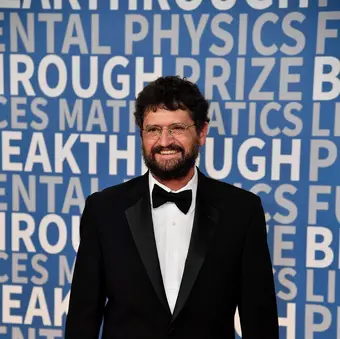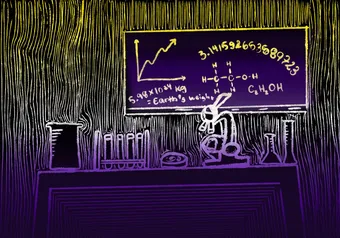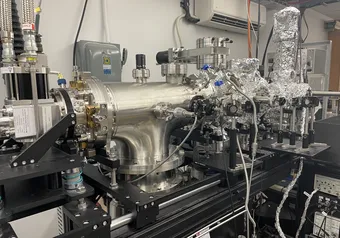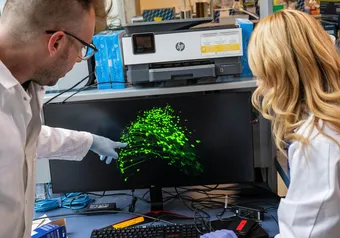The early stages of the universe recently became a little more clear thanks to UBC professor Dr. Gary Hinshaw and his work with the Wilkinson Microwave Anisotropy Probe (WMAP).
Hinshaw and the WMAP team — 27 scientists throughout the US, Canada, and the UK — received the Breakthrough Prize for Fundamental Physics on December 3. The award was created in 2012 by Yuri Milner and comes with a $3 million US award along with a star-studded ceremony at the NASA Ames facility in California, hosted by Morgan Freeman.
The Breakthrough Prize has three categories: fundamental physics, life sciences and mathematics. According to Hinshaw, “the prize is billed as the ‘Oscars of Science’” and awards $22 million a year to “recognize those individuals who have made profound contributions to human knowledge.”
Hinshaw won the award for his role as lead data analyst with WMAP in expanding our knowledge of the early universe by studying the Cosmic Microwave Background radiation (CMB). The CMB is “the oldest light in the universe,” explained Hinshaw.
If the universe were a human, “it is equivalent to taking a picture of a half-day-old baby,” he said.
The universe is roughly 13.8 billion years old and looks a lot different today than it did when the light from the CMB was first created. The early universe was a very hot and opaque fog of material. About 380,000 years after its creation, the fog cleared enough that photons could begin traveling outward without interference.
“The photons have been largely undisturbed since then,” said Hinshaw. This allows scientists to study the conditions of the early universe through their signature on the CMB.
WMAP mapped out all the small-scale temperature fluctuations in the CMB and used them to test theories such as inflation (cosmic, not economic). The universe has been known to be expanding for nearly 100 years thanks to work from astronomers such as Edwin Hubble, who observed that galaxies were receding from us at a rate proportional to their distance.
The theory of cosmic inflation proposes that when the universe was extraordinarily young (about 10^-36 seconds) it underwent a rapid expansion taking it from a point-like space to billions of light years across.
Inflation would cause density fluctuations in the early universe that would be “frozen in place,” said Hinshaw. The photons from the early universe that make up the CMB would trace these fluctuations, allowing for scientists to confirm inflation.
WMAP enabled scientists to confirm “ΛCDM [pronounced lambda C D M] as the prevailing cosmological theory,” explained Hinshaw. This is a theory that jointly includes: the Big Bang (which is where inflation comes in), cold dark matter (the CDM part), dark energy (accelerating expansion of the universe) and of course, the existence of the CMB.
So what does the future hold for CMB research?
“Ground-based experiments looking for [evidence of] gravitational waves caused by inflation,” said Hinshaw. Since there are already experiments working on this it could be a discovery that is “right around the corner or several decades away.”
First online
Share this article








